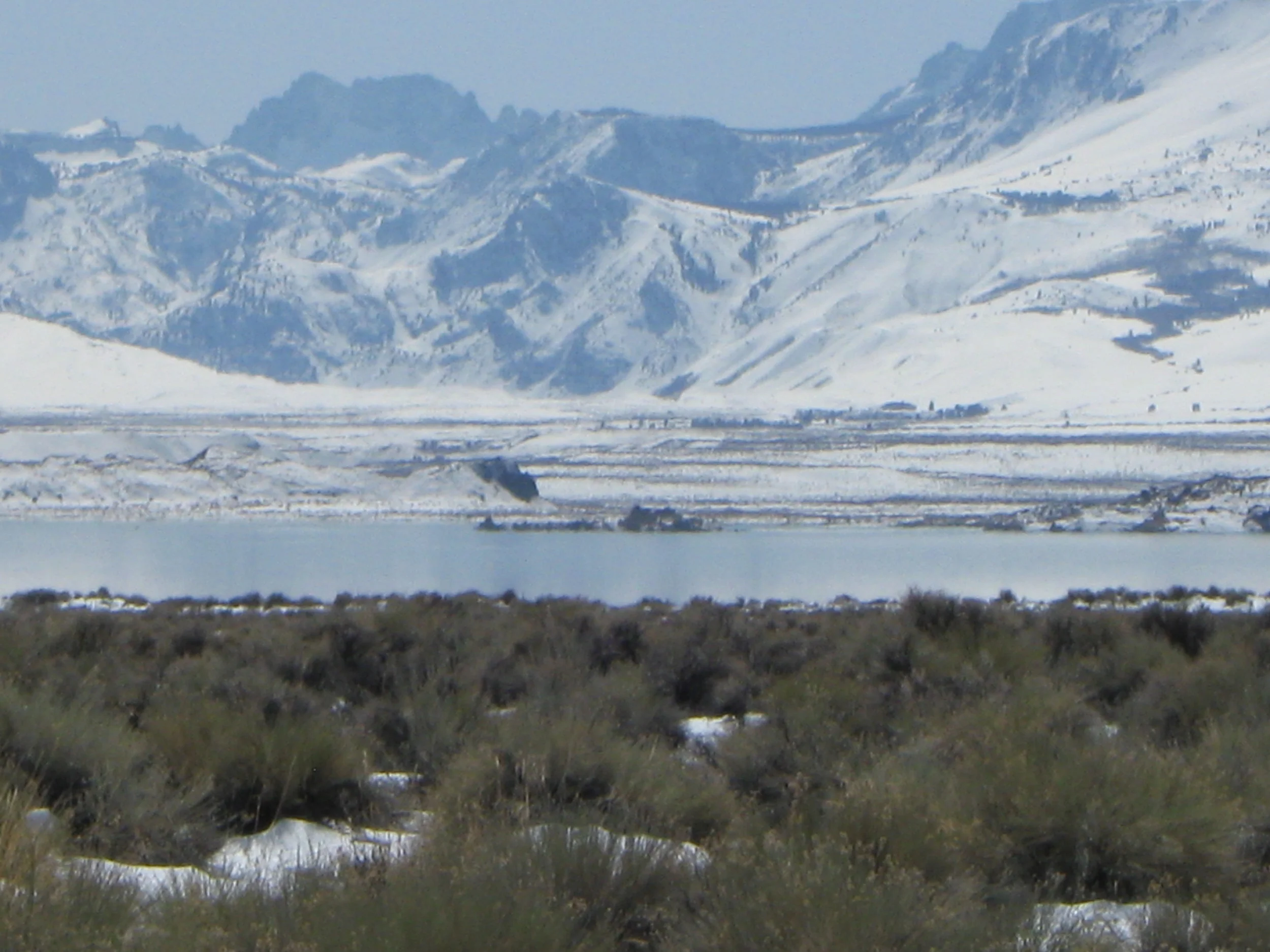Happy Allhallowtide
/Lighted candles on the graves for All Saints’ Day, Holy Cross Cemetery in Gniezno, Poland 1 November 2017. Photo by Diego Delso https://commons.wikimedia.org/wiki/File:Celebraci%C3%B3n_de_Todos_los_Santos,_cementerio_de_la_Santa_Cruz,_Gniezno,_Polonia,_2017-11-01,_DD_07-09_HDR.jpg
We are living in exciting times. Actually confusing times. Around us we hear a wall of sound muddled to gray by a mixture of political bombast resembling a dog fight and the coronavirus pandemic with nearly nine million people infected and over 226,000 deaths. Our lives have become a dreary routine of face masks, hand washing, Clorox and alcohol wipes, sheltering at home and avoiding as many people as possible on our daily walks.
It’s time to lean back, take a deep breath and remember the sun is going to shine each morning, the tide is going to flow in and out, and in time everything is going to work out because it always does.
It is also helpful to remember we have institutions which reach back hundreds of years with events which are as applicable today as when they were implemented.
The Day of the Dead (1859) by William-Adolphe_Bouguereau_(1825-1905)_- Musée des Beaux-Arts de Bordeaux
Allhallowtide is a Christian celebration dating back to the early 7th century when Pope Boniface dedicated the Pantheon in Rome. Over the next 200 years, the period became known as Allhallowtide (the evening of October 31 through November 2) two days and an evening dedicated to remembering those who have died: the saints (hallows), martyrs, and the faithful who have taught and inspired us.
October 31, All Hallows’ Eve, marks the evening when the veil between the living and the dead thins allowing spirits or fairies to more easily slip from their world into ours. Some believed the dead could return to their homes seeking hospitality and often places for them were set at the dinner table and by the fire.
Many of our typical Halloween activities such as dressing in costumes, bobbing for apples, bonfires, divination games, and haunted houses, stem from the Celtic people of British Isles and northern Europe. One train of thought points to the Celtic traditions and the harvest, notably Samhain marking the end of the harvest season and the beginning of winter. Other research says that Allhallowtide is a completely Christian concept and tradition.
Often candles are placed on the graves of loved ones, a common practice in 19th century Ireland when candles were lit and prayers offered to the souls of the dead. Today we celebrate with gatherings, children scurrying from house to house with “trick or treat”, playing games, and costumes.
Halloween transitions into All Saints’ Day on November 1.
Typically thought to be Roman Catholic because of the emphasis on “Saints” All Saints’ Day is recognized by most denominations in some form or another.
For the Catholic Church it is literally the recognition of some of their more than 10,000 saints, although the names of some have been lost to history. The church remembers those saints, those known and unknown for their contributions to their faiths and communities.
While most denominations do not have “saints” in the sense of the Roman Catholic Church, all organized religions have foundations with people who have contributed to the development and building of their denomination. Examples would be: Martin Luther whose teaching lead to the Lutheran Church, John Calvin whose teaching are the foundation of Reformed theology or John Knox who took Calvin’s teachings and developed the foundation of the Presbyterian Church, John Wesley and the Methodist Church, George Fox and the Religious Society of Friends (Quaker Movement).
While we do not have “saints” in the miracle and canonized sense we do have those dedicated individuals whom we can point to and say “here is a beginning.” We also have active people today encouraging the development of the community and doing evangelical outreach.
November 2 is All Souls’ Day. On All Souls’ Day we remember those of our family and community who have died.
Practices vary depending on location and faith but generally trips are made to the cemetery. Flowers are placed on graves, food and libations are left on the headstones. Prayers are offered to the departed. Sometimes special meals are prepared to celebrate the life of the one who has passed on.
What differentiates All Souls’ Day from All Saints’ Day? Who was that person who first invited you into your community of believers? Who was the person who baptized you? Who was that person who inspired you and kept you interested and coming back? In my case one of the people was a great aunt who lived across the street from the church, and I got out of a few chores on Sunday mornings.
It’s this personal approach which makes All Souls’ Day a soul searching reflection on who we are and how we fit within our community.


